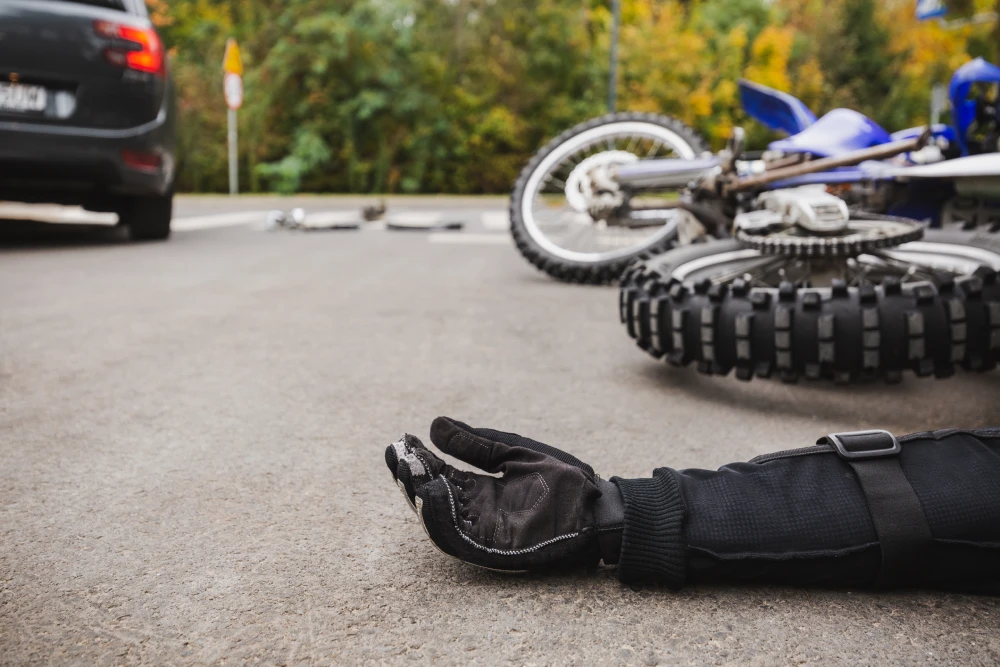How Truck Accident Cases Differ from Car Accident Cases
Truck accidents can result in horrifying consequences extending far beyond the initial crash.
Truck accidents inflict devastating physical pain, along with significant emotional and financial suffering.
The financial implications of truck accidents can be staggering. Medical bills, rehabilitation costs, property damage, and lost wages can add up rapidly leaving victims and their families in financial turmoil.
Navigating the legal processes in a truck accident case can be overwhelming without the assistance of an experienced attorney.
Working with an experienced truck accident attorney in Louisiana can significantly increase your chances of recovering adequate compensation for your medical treatment, lost wages, and pain and suffering.
Several differences set truck and car accidents apart. These include.
Size And Weight
Commercial trucks are heavier, longer, and taller than standard motor vehicles. Trucks can weigh up to eighty thousand pounds, while average passenger cars weigh around four thousand pounds. Trucks are more challenging to operate and maneuver. Trucks have huge blind spots, which can prevent the driver from seeing another vehicle in the vicinity.
Trucks carry heavy cargo, which can shift during transport. Failure to secure cargo properly can cause a truck to tip over.
Due to a truck’s sheer size and weight, drivers cannot bring a truck to a halt instantaneously.
A standard passenger vehicle cannot withstand the force when a truck strikes it.
Truck Accidents Injuries are More Severe
While car accidents are more common than truck accidents, truck accidents are more devastating and catastrophic. Truck accident injuries include:
- Traumatic brain injuries/skull fractures
- Spinal cord injuries
- Crushing injuries
- Broken bones
- Amputations
- Death
Severe injuries result in higher medical bills and lost wages. In some truck accident cases, victims are unable to return to work and require long-term care.
Higher Pay-outs
The compensation in truck accidents differs significantly from typical car accident claims.
Higher coverage limits and more severe injuries make the stakes higher in truck accidents. Many potential liable parties and higher policy limits in a truck accident can help you recover a higher insurance pay-out. However, dealing with an insurance company can be an uphill battle for most victims.
Trucking companies and their insurers have experienced legal teams that go to any extent to try and lower compensation for crash victims.
Factors impacting truck accident settlement amounts include:
- Past and future medical costs
- Lost earnings
- Lost earning capacity
- Pain and suffering
- Emotional distress
- Disfigurement
- Permanent disability
- Property damage
- Punitive damages
Louisiana personal injury lawyer Bart Bernard has over twenty-five years of experience in dealing with trucking companies and their insurers.
Investigations
The Federal Motor Carrier Safety Administration (FMCSA), a part of the United States Department of Transportation (USDOT) governs the trucking industry.
In truck accidents, there can be multiple investigations. In addition to law enforcement filing a police report, there might also be investigations by the trucking company and the FMCSA.
Federal regulations can complicate truck accident cases by introducing compliance requirements, influencing the investigation process, and impacting the determination of liability.
Many truck accident lawyers work with accident investigators to establish the cause of an accident.
Truck accident investigations are complex because the evidence you need to gather and review to prove fault includes:
- Hours of service logs
- The truck’s electronic data recorder data
- Drug and alcohol test results
- The driver’s call records
- The truck’s maintenance records
At Bart Bernard Injury Lawyers, our lawyers have the skills and resources necessary to gather and analyze critical evidence effectively.
Truck Accidents Involve Multiple Parties
Most car accidents involve the at-fault driver and the other driver who is the victim. There is usually more than one at-fault party in truck accident cases. Multiple parties could be at fault for a truck accident – each with their own insurance company. Liable parties in trucking accidents include the truck driver, the trucking company, the freight company that loads the cargo, the company responsible for truck maintenance, or a spare part manufacturing company.
The presence of multiple at-fault parties complicates your truck accident case because you will need to identify all at-fault parties and apportion blame accordingly.
A Louisiana trucking accident lawyer can investigate your case to determine liable parties in your truck accident injury claim or lawsuit.
Bart Bernard Injury Lawyers: Legal Expertise That Matters In Truck Accident Claims
Truck accident cases require a comprehensive understanding of the law, extensive experience with trucking regulations, and exceptional negotiation and trial skills.
Unlike typical car accidents investigating and reconstructing a truck accident scene demands specialized knowledge and expertise.
Without the right legal representation, you may struggle to secure the compensation you deserve for your injuries and losses.
Having a knowledgeable attorney by your side is critical in pursuing fair compensation in truck accident cases.
At Bart Bernard Injury Lawyers, our qualified attorneys understand the complex laws and regulations specific to the trucking industry, including federal and state regulations, industry standards, and best practices.
If you or your loved ones have suffered injuries in a truck accident anywhere in Louisiana, don’t hesitate to seek the assistance of our Louisiana personal injury law firm. Our lawyers will guide you through the legal process, protect your interests, and work tirelessly to achieve the best possible outcome for your case.
Contact us immediately to schedule a free case review to tell us about your case.




